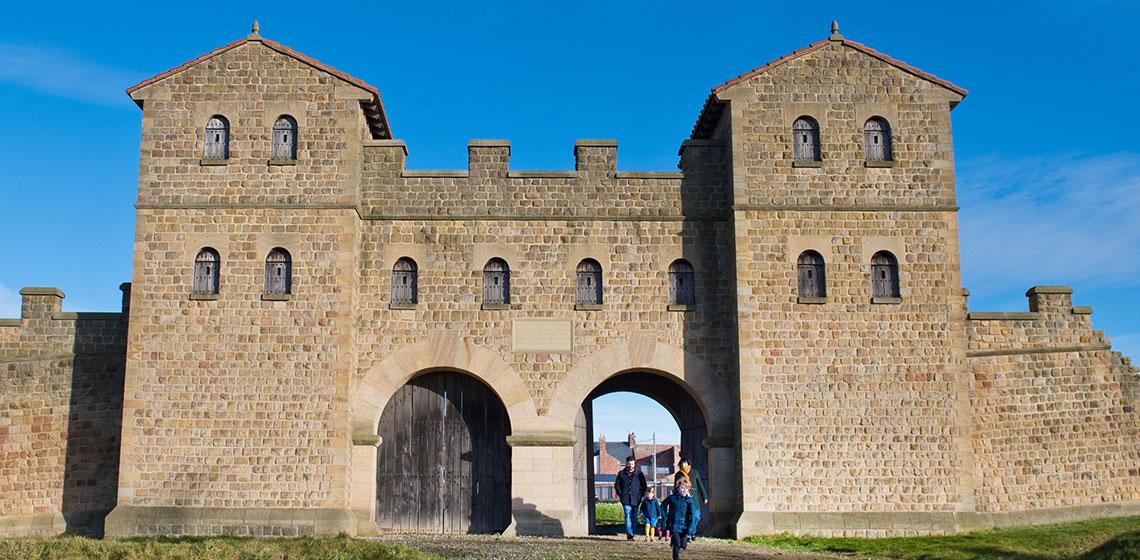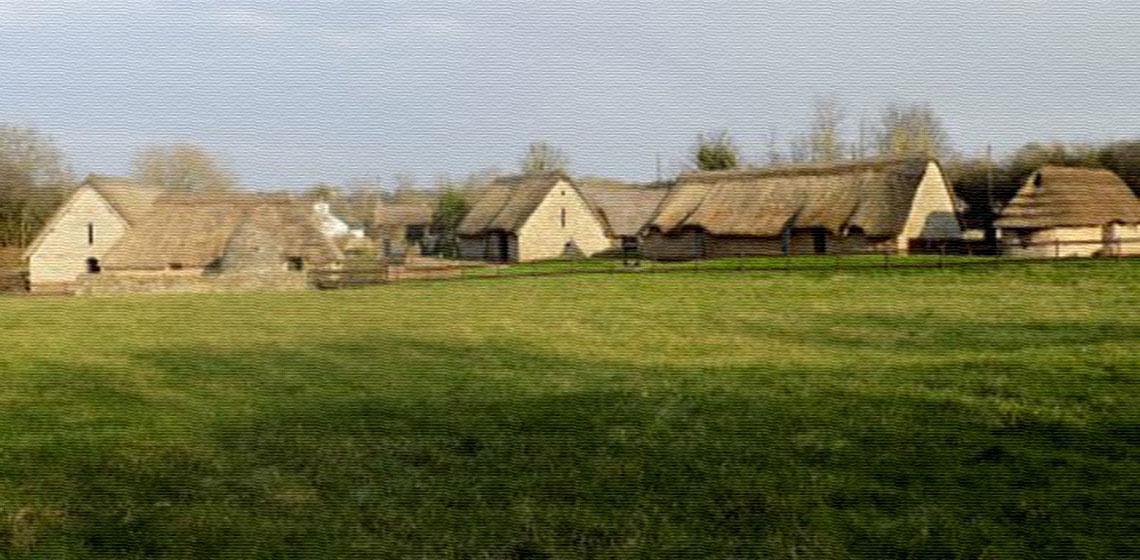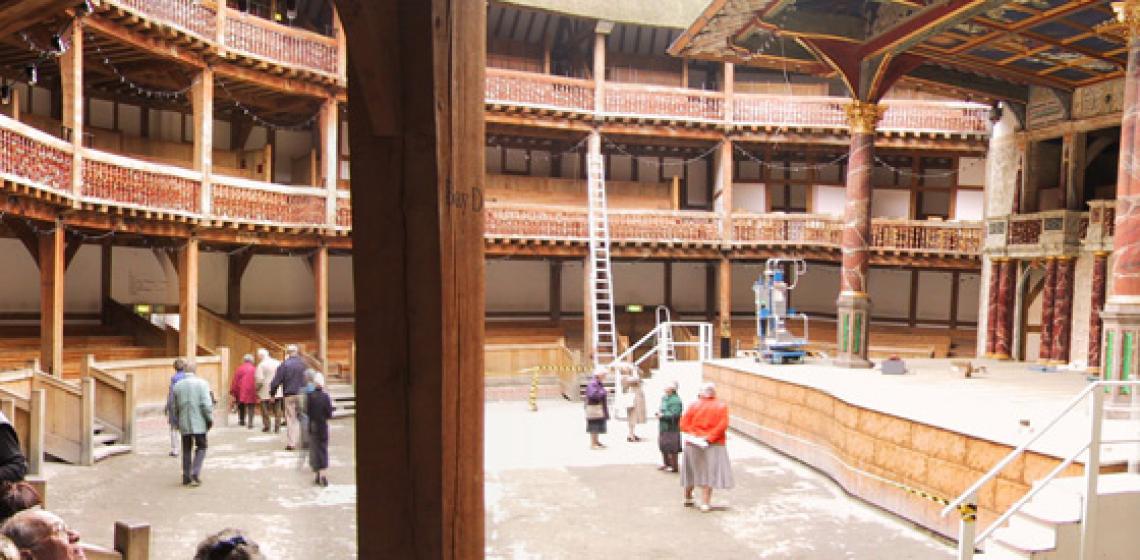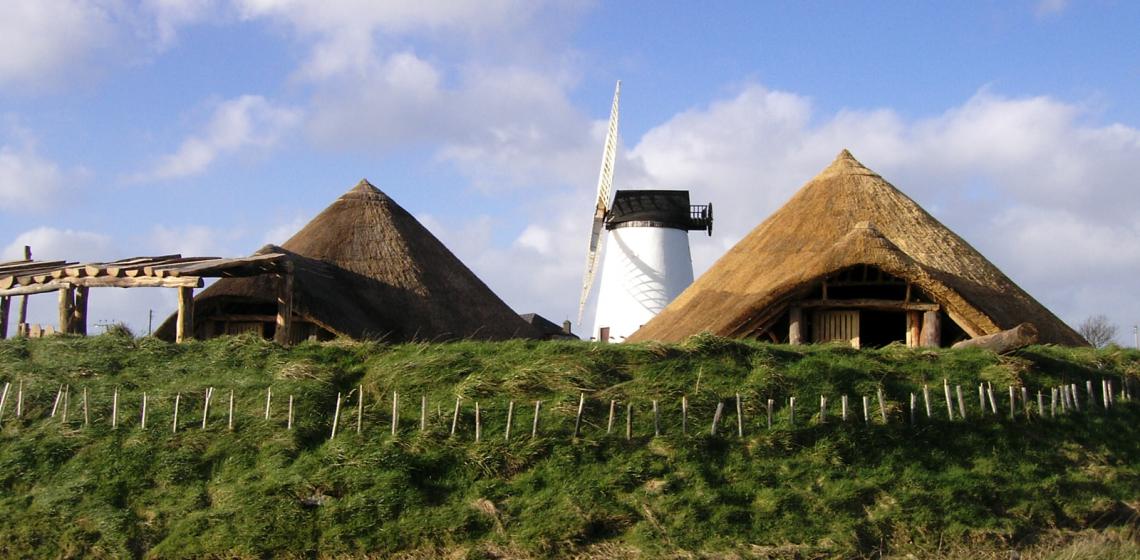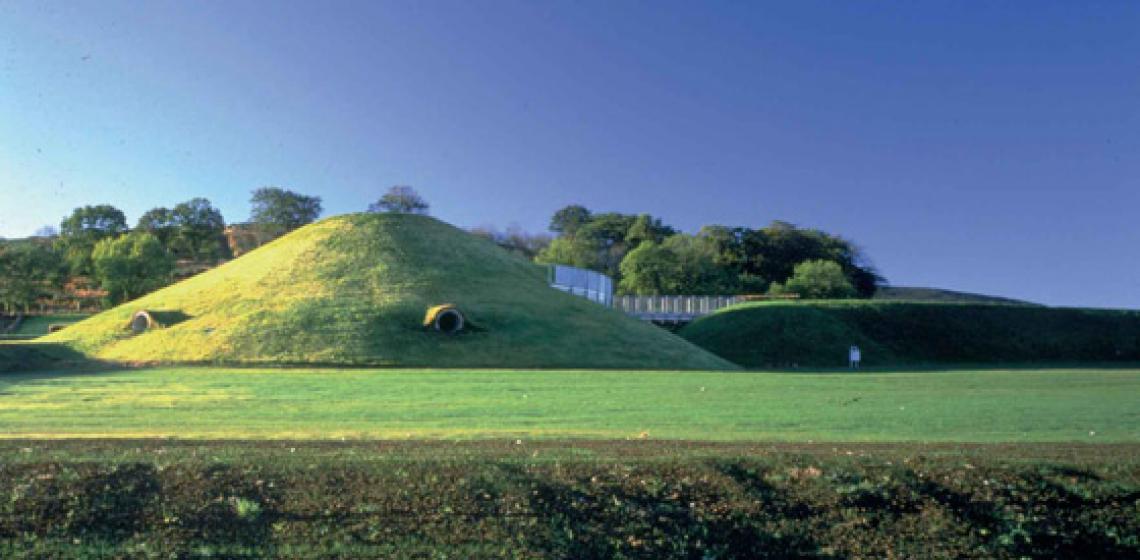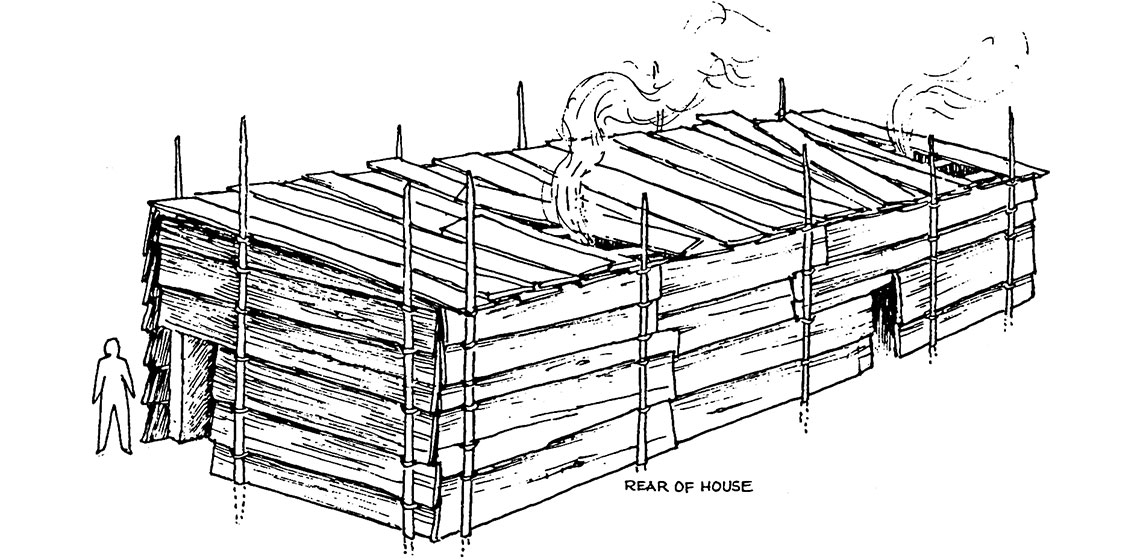Segedunum Roman Fort, Baths & Museum (UK)
Segedunum, which means “unassailable fortress”, was one of the many forts along Hadrian’s Wall. Segedunum Fort was built shortly after 122 AD and stood strong for 3 centuries; up to 600 soldiers were housed here.
Segedunum, which means “unassailable fortress”, was one of the many forts along Hadrian’s Wall. Segedunum Fort was built shortly after 122 AD and stood strong for 3 centuries; up to 600 soldiers were housed here..


